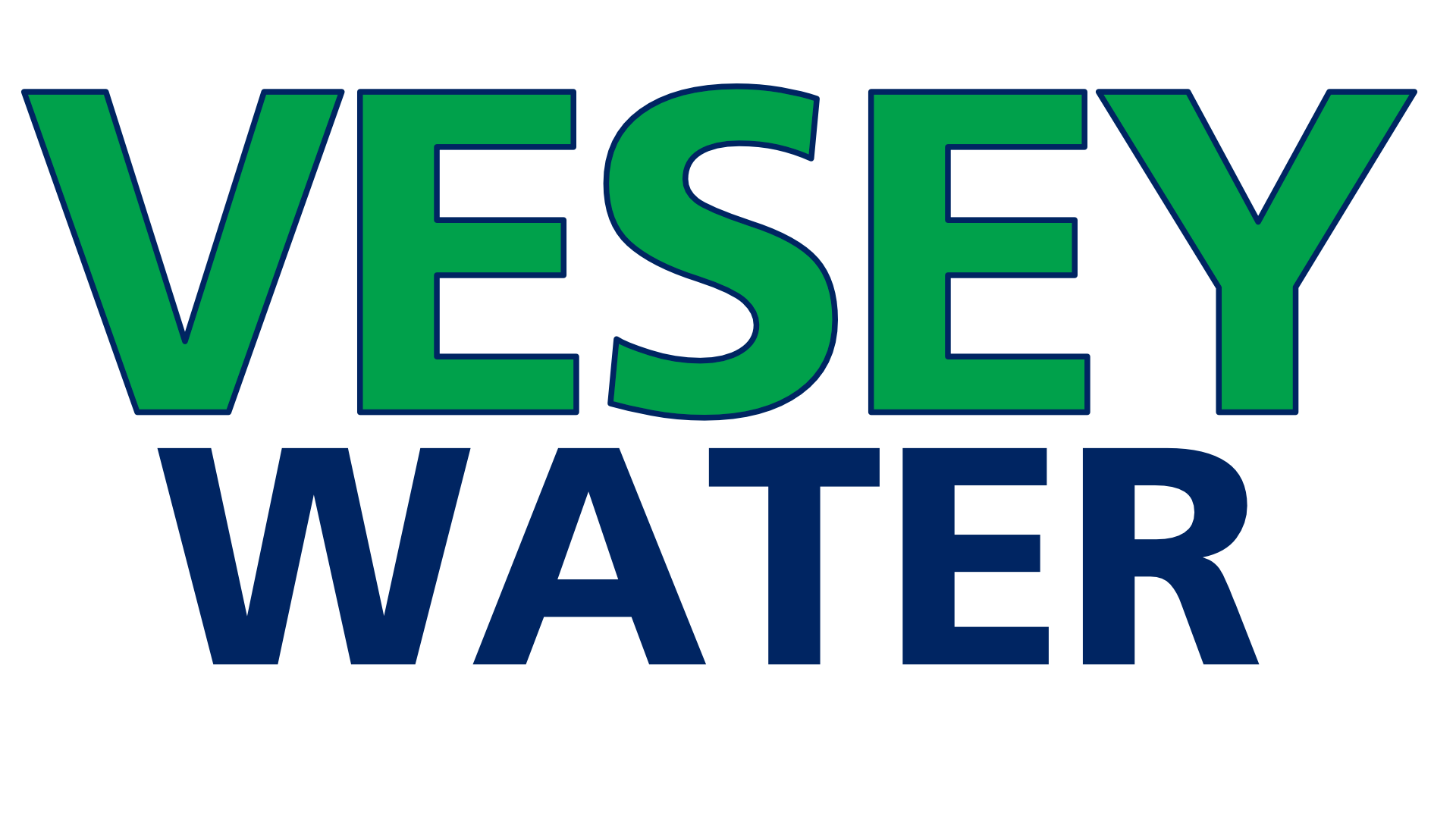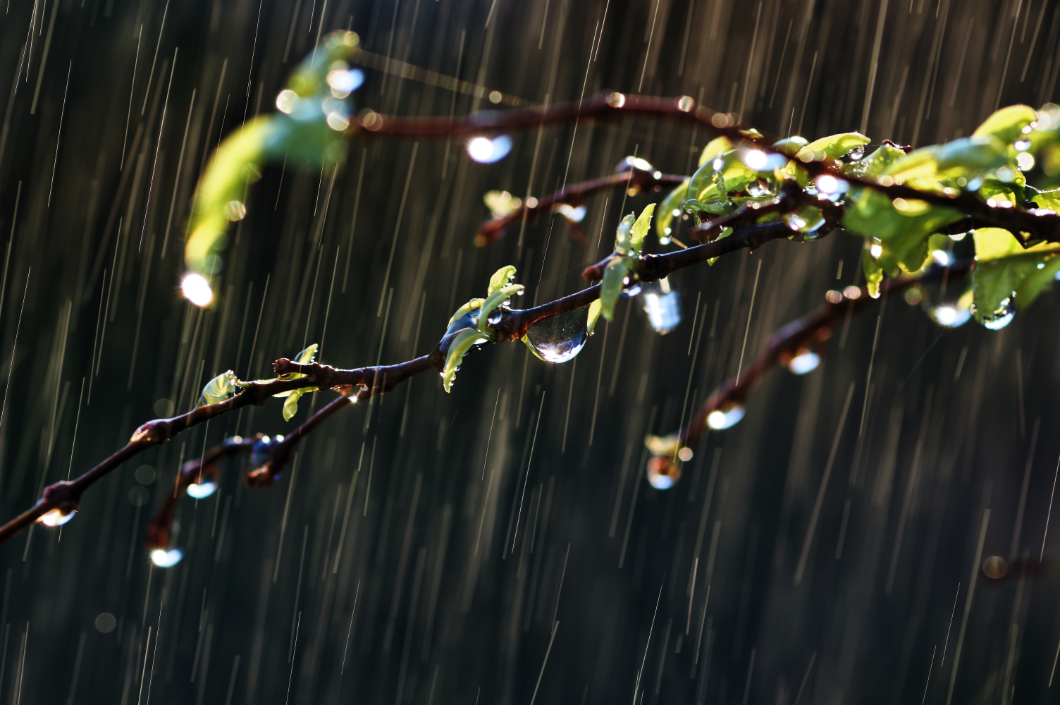Water is essential for life, but have you ever stopped to consider what’s in the water that flows from your tap? Understanding the journey water takes through the hydraulic cycle can open your eyes to the potential contaminants lurking in your water supply. In this blog, we’ll explore how rainwater interacts with different surfaces, picks up impurities, and travels from natural sources to municipal and well water systems. By the end, you’ll be motivated to take a closer look at your own water quality and consider the steps needed to ensure it’s safe for you and your family.
The Hydraulic Cycle: A Quick Overview
The hydraulic cycle, or water cycle, is the continuous movement of water on, above, and below the surface of the Earth. This natural process is vital for replenishing our freshwater resources. The key stages of the hydraulic cycle include:
- Evaporation and Transpiration
- Evaporation: Water from oceans, lakes, and rivers is heated by the sun and converted into water vapor.
- Transpiration: Plants absorb water from the soil and release water vapor into the atmosphere through their leaves.
- Condensation
- Water vapor rises into the atmosphere and cools, forming clouds as it condenses into tiny droplets.
- Precipitation
- Water droplets in clouds combine to form larger droplets, eventually falling back to the Earth as rain, snow, sleet, or hail.
- Infiltration and Runoff
- Infiltration: Water soaks into the ground, replenishing groundwater supplies and aquifers.
- Runoff: Water flows over the surface of the land, collecting in rivers, lakes, and oceans.
For more detailed information on the hydraulic cycle, you can visit the United States Geological Survey (USGS) or explore the National Oceanic and Atmospheric Administration (NOAA).
Rainwater Interaction with Surfaces
As rainwater falls from the sky, it interacts with various surfaces, picking up contaminants along the way. This interaction significantly impacts water quality. Here’s how:
- Urban Areas: In cities and towns, rainwater flows over roads, rooftops, and sidewalks, collecting pollutants like oil, heavy metals, and chemicals from vehicles and industrial activities.
- Agricultural Land: Rainwater can pick up pesticides, herbicides, and fertilizers from farmlands, carrying these chemicals into nearby streams and rivers.
- Natural Landscapes: Even in more pristine environments, rainwater can absorb natural contaminants like soil, plant debris, and animal waste.
- Industrial Sites: Water flowing over industrial areas can collect hazardous chemicals, heavy metals, and other pollutants that can be harmful to human health and the environment.
Understanding these interactions highlights the need for effective water treatment to remove contaminants before water is used for drinking, cooking, and other household purposes.
The Journey from Natural Sources to Your Tap
Water’s journey from natural sources to your tap involves several stages, each with its own potential for contamination. Here’s a closer look at this process:
- Collection
- Surface Water: Rivers, lakes, and reservoirs collect runoff from rain and snowmelt. These sources are often used by municipal water systems.
- Groundwater: Water that infiltrates the ground replenishes aquifers. Well water is drawn from these underground sources.
- Treatment
- Municipal Water Systems: Water collected from surface and groundwater sources is treated at municipal treatment plants. This process typically involves several steps:
- Coagulation and Flocculation: Chemicals are added to water to form larger particles, which are then removed.
- Sedimentation: The heavy particles settle to the bottom of a treatment tank.
- Filtration: Water passes through filters to remove smaller particles.
- Disinfection: Chemicals like chlorine are added to kill bacteria and viruses.
- Municipal Water Systems: Water collected from surface and groundwater sources is treated at municipal treatment plants. This process typically involves several steps:
- Distribution
- Treated water is distributed through a network of pipes to homes and businesses. This network can be extensive, and water quality can be affected by the condition of the pipes and the distance it travels.
- Well Water Systems
- Private wells draw water directly from groundwater sources. Homeowners are responsible for maintaining their wells and ensuring water quality through regular testing and treatment.
For more insights on how water is treated and distributed, visit the Environmental Protection Agency (EPA).
Contaminants in Water and Their Effects
The journey water takes from rain to tap emphasizes the need to be aware of potential contaminants. Here are some common contaminants and their effects:
- Microbial Contaminants: Bacteria, viruses, and parasites can cause illnesses such as cholera, dysentery, and gastroenteritis.
- Chemical Contaminants: Pesticides, herbicides, and industrial chemicals can have long-term health effects, including cancer and reproductive issues.
- Heavy Metals: Lead, mercury, and arsenic can cause serious health problems, including neurological damage and kidney disease.
- Naturally Occurring Contaminants: Minerals like iron and manganese can affect the taste and color of water, while excess calcium and magnesium can cause hard water.
Are you aware of what might be in your water? Contaminants can sneak in at any point along the way, and without proper treatment, you might be consuming or using water that’s less than ideal for your health and home.
Ensuring Safe Water with Vesey Water
At Vesey Water, we are committed to providing top-quality water treatment solutions to ensure your water is safe and clean. Here’s how we help:
- Water Quality Evaluation: Our experts conduct thorough assessments to identify specific contaminants in your water supply.
- Customized Treatment Solutions: We design and install water purification systems tailored to address your unique water quality issues.
- Ongoing Maintenance: We provide regular service and support to ensure your water treatment system continues to function effectively.
For more information on our services, visit our website or contact us directly to schedule a consultation.
Conclusion:
The journey from rain to tap involves numerous interactions with the environment that can impact water quality. Understanding the hydraulic cycle and the potential for contamination at each stage underscores the importance of effective water treatment. By investing in a quality water purification

